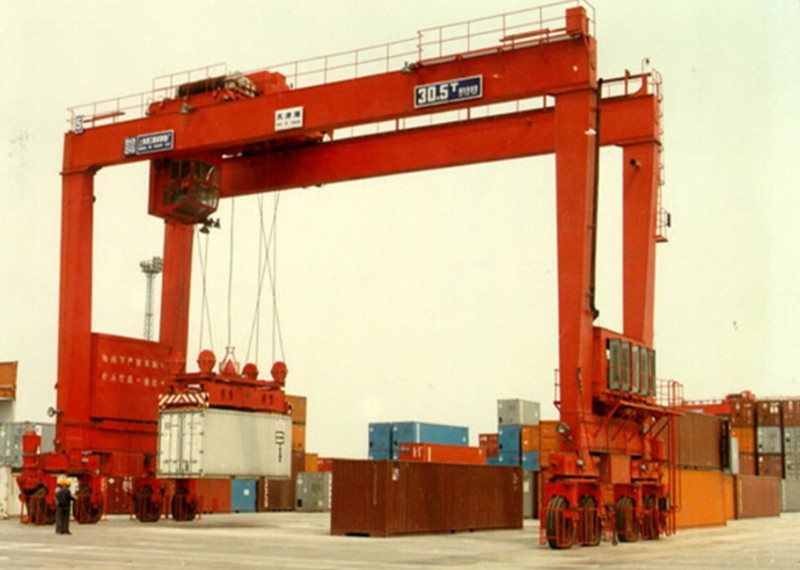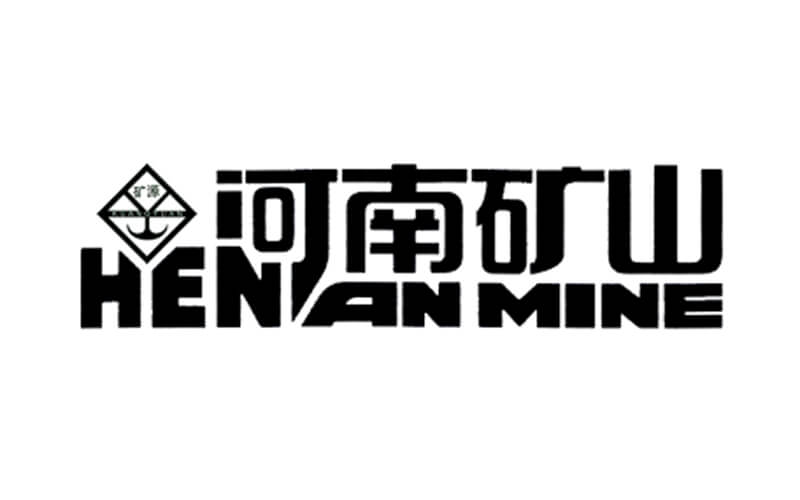
Boat Hoists And Lifts
The ability to remove small craft from the water is essential for numerous reasons.
This can be for anything from a simple Boat Lift as to protect ones vessel from the harsh environment a boat will encounter by “sitting” in the water for any length of time let alone the need for any type of major repair or maintenance at a small craft facility.
Further, the ability to launch small craft greatly increases the capacity of the facility and the flexibility to operate a greater number of small craft than accommodated at limited spaces on the floating docks or fixed piers.
Because of these reasons, most dedicated small craft harbors have some provision to launch small craft. Various systems have been developed over time and the number of such types of systems has varied as technologies and vessel types change.
FIXED SYSTEMS (BOAT LIFTS)
Fixed systems typically utilize a lift that is in a set position to retrieve the vessel from the water. once the vessel is removed from the water, it is transferred to a trailer to be transported and kept at the storage location, or repair facility. Alternatively, if the vessel is the only vessel at the facility, or it is a dedicated system, the vessel will remain on the lift until it is to be placed in service again.
Jib Boom. This is the most common type of retrieval system and is comprised of a crane mast that rotates about a vertical axis. The hoist is mounted on a trolley on a fixed arm (jib boom) that is swung over the boat in the water. The boat is fit with a wire rope sling that attaches to fittings on the boat. A crane hook then attaches to a pickup point on the wire rope sling to lift the boat out of the water. once the boat is lifted above the top of the seawall, the crane rotates about its axis to place the boat onto a waiting trailer. once the boat is loaded onto the trailer, the trailer is kept in a dry storage yard until the boat is to be placed in service, when the process is reversed.
Marine Railway. A marine railway is a set of fixed rails that ramp down from the shore into the water. The rails are typically supported on piles within the water. A cradle with wheels is hauled by a cable and winch system mounted on the railway and runs into the water, sufficiently deep, such that the vessel can float over the cradle. The vessel is lashed to the risers on the cradle and the cradle is winched up the railway to haul the vessel out of the water. once on shore, the wheeled cradle can be transferred to a rail siding; multiple work bays can be supported by a single inclined railway. This system is best suited to larger vessels and it requires a significant amount of land area. As such, it is not considered practical for most small craft facilities.
Elevator Lift. This method consists of a platform that is raised and lowered into the water by a number of synchronized winches mounted on dolphins along the sides of the platform. A cradle with wheels – similar to the marine railway described previously – is located on the platform when it is lowered into the water sufficiently deep such that the vessel can float over the cradle and platform to then be raised out of the water. The platform is fitted with rails that continue to the shore upon which the cradle and vessel are transported once it is out of the water.
For small craft, a similar system is used that utilizes a fork lift mounted to a fixed vertical mast that operates similar to a mobile forklift with “negative” lift and is becoming more common. The forklift rotates about the mast to place the forks in the water, or over land where a mobile forklift can access the vessel. This system is more effective for stacked storage in that a conventional forklift can also store and retrieve the vessel.



